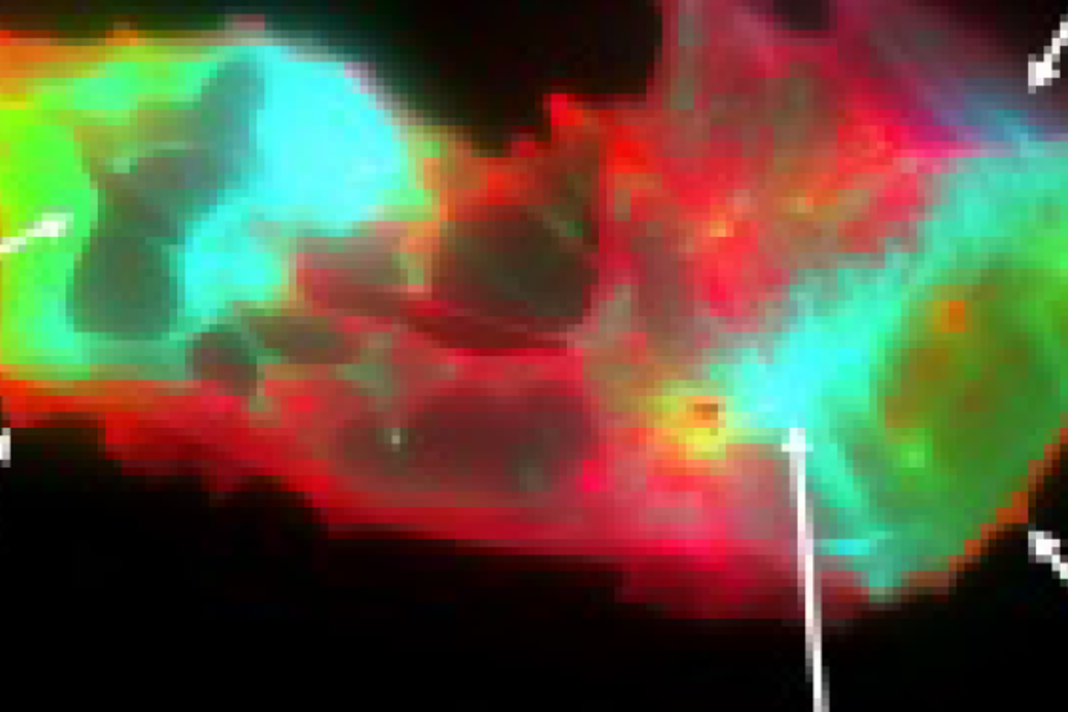Key Takeaways
- Scientists found abnormal microclots and immune cell changes in long Covid patients’ blood
- Interaction between microclots and neutrophil extracellular traps (NETs) may cause persistent symptoms
- Discovery could lead to targeted treatments for long Covid syndrome
Scientists have identified specific blood abnormalities in long Covid patients that could explain the persistent symptoms affecting millions worldwide. The discovery of strange microclots and altered immune cells opens new pathways for developing effective treatments.
What Researchers Discovered
While most people recover fully from COVID-19, many continue experiencing symptoms like fatigue, brain fog, body pain, and breathlessness for months – a condition termed long Covid. The exact cause has remained elusive until now.
Researchers found two key abnormalities in long Covid patients’ blood:
- Microclots: Abnormal clumps of blood-clotting proteins circulating in the bloodstream
- Neutrophil changes: White blood cells expelling DNA to form filamentous structures called neutrophil extracellular traps (NETs)
How Microclots and NETs Interact
The interaction between microclots and NETs appears to create a vicious cycle. Microclots may trigger excessive NET formation, which then stabilizes the clots, making them resistant to the body’s natural clot-breaking processes.
This dysregulated interaction causes system-wide inflammation and blood-clotting issues that prolong Covid-like symptoms, according to the research published in the Journal of Medical Virology.
“This finding suggests the existence of underlying physiological interactions between microclots and NETs that, when dysregulated, may become pathogenic,” said Alain Thierry, an author of the study from the Montpellier Cancer Research Institute in France.
Study co-author Resia Pretorius explained that this interaction could be contributing to chronic blood vessel complications commonly seen in long Covid patients.
“We suggest that higher NETs formation might promote the stabilisation of microclots in the circulation, potentially leading to deleterious effects which contribute causally to the long Covid syndrome,” scientists wrote in the study.
Research Methodology and Findings
The research team conducted structural analysis of microclots and NETs in long Covid patients’ plasma, comparing them to healthy individuals. They found:
- Significantly higher levels of both microclots and NETs in patient samples
- Microclots appeared larger in size among long Covid patients
- Clear evidence of pathological interaction between the two elements
The findings provide the first physiological explanation for long Covid symptoms and could lead to development of targeted treatment strategies.




